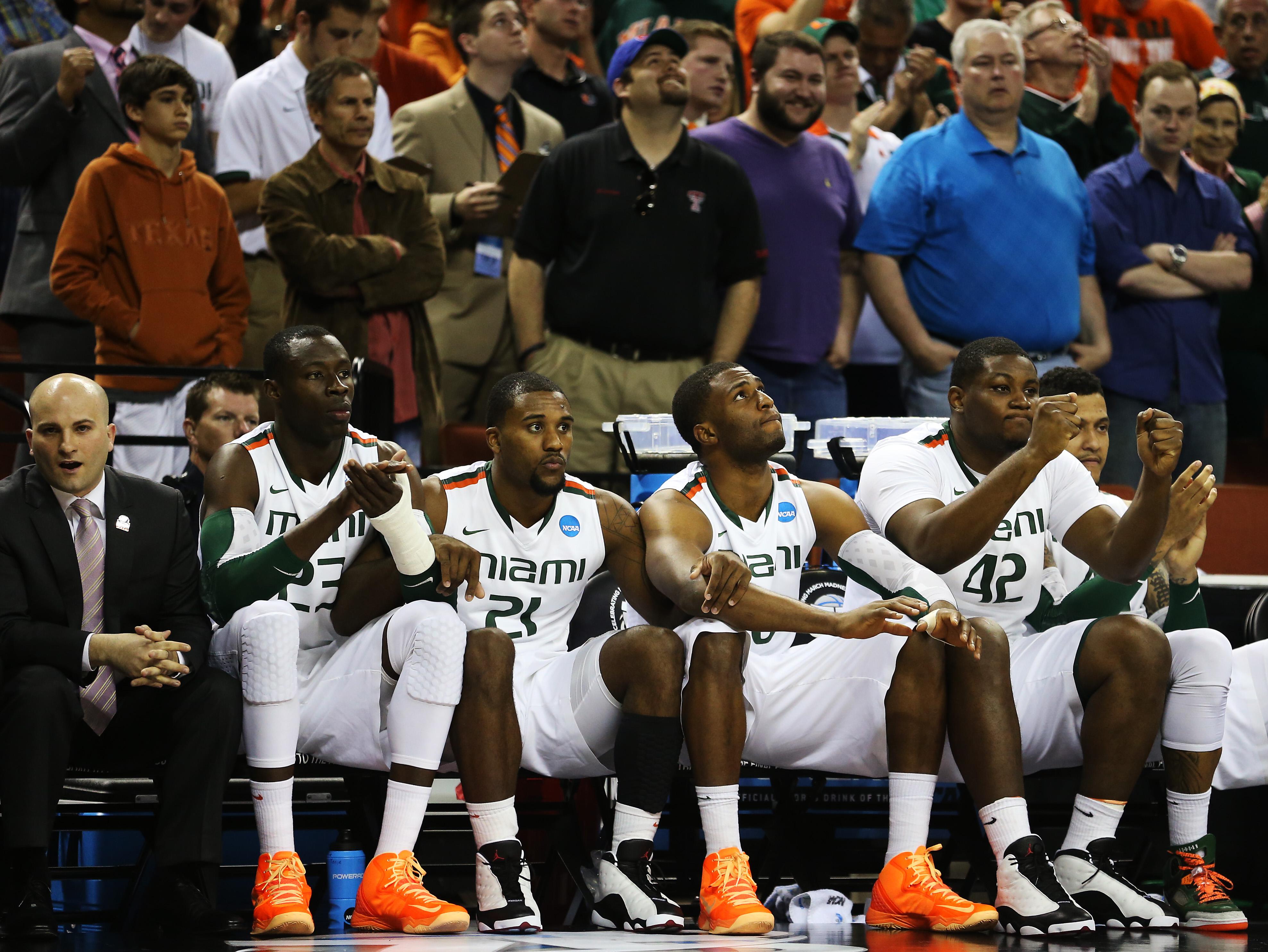The NCAA performs many functions in the world of college sports. One of those functions is to promulgate rules limiting the ways in which schools can compensate athletes. That’s textbook carteling behavior in which a conspiracy of employers groups together to depress wages. But Jonathan Chait says this framing is all wrong and we shouldn’t see college football and basketball players as exploited workers. I’m having a little bit of trouble understanding his argument, but as best I can see, it consists of two related points. One is that colleges can’t exploit because they’re not for-profit business enterprises. The other is that NCAA sports in the aggregate cannot be exploitative because schools use the economic surplus generated by men’s basketball and football to subsidize other sports programs that exist as part of the school’s nonprofit mission.
These seem to me to be the key paragraphs:
What’s more, the casual association of college athletes with workers hides a fundamental economic incoherence. College athletic programs, unlike professional franchises, have no owners or profits. Sports that make money, usually football and men’s basketball, subsidize money-losing sports.
If you think closely about the implications of this fact, it turns the labor-exploitation model into hash. Treating college athletes like workers assumes that players for money-generation sports — and only money-generating sports, deserve to keep the profit their sport generates. But why should a football player at Texas or Vanderbilt earn more than one at Georgia State or Grambling? Why should a men’s basketball player be paid something while a woman’s basketball player isn’t?
This is a provocative line of argument, but I wonder how far Chait would push it. It turns out that in most states the highest-paid public employee is a men’s football or men’s basketball coach. The NCAA could adopt a rule capping head coach salaries at $250,000 a year and subordinate coaching positions at less than that. That might cause some coaches to defect to pro football and pro basketball. But it’s still the case that all things considered, being a big-time sports coach is a pretty fun job if you’re a sports fan, and that $250,000 a year is a pretty healthy salary. You could still run some excellent programs under those rules. And just like in the case of the athletes, you’d be in a situation where you’re increasing the football/basketball surplus and therefore increasing the level of subsidy that can be delegated to other sports.
I’m of two minds about this. The upside of my proposal is that it would make Chait’s utopian vision of college sports as a nonexploitative engine of useful cross-subsidy come closer to being true. What he misses in his football-subsidizes-volleyball model is that a lot of the surplus generated by Mack Brown’s unpaid players accrues to Mack Brown, rather than to Texas Volleyball. The downside of my proposal is that applying a bad idea more consistently and rigorously can easily get out of control.
Consider the faculty. American universities could be allowed to band together to set rules limiting professor compensation. Just as is the case today, salaries would vary from department to department to take into consideration the fact that an economics or chemistry Ph.D. has more value outside academia than a history of philosopy Ph.D. But even though there are limits to how far down cartelization could reduce pay, you still could reduce expenditures on the faculty. And just like in the case of football or basketball, we’re talking about institutions with no profits and no owners. Every dollar you poach from the professors is a dollar that can be plowed into something else. Perhaps into more scholarships. Perhaps into increasing the quantity of professors. Perhaps better labs and more research. At the end of the day, tenure-track professors have pretty nice jobs and it would be facile to equate them to exploited factory workers. There’s no fat cat sitting around reaping a giant income here (although many college presidents do seem to earn over a million dollars a year). It’s just one big happy family of nonprofits generating cross-subsidy.
Now for all I know, Chait really does think that would be a good idea. It seems wrong to me, though not necessarily totally crazy. But my point is that the relevant principle here would be one about colleges, not one about college sports. The idea would be that colleges are nonprofit institutions that perform a valuable mission, that college education is extremely important, that college tuition is extremely high, and that basically anything that gives colleges non-tuition sources of revenue in order to keep doing what they do is valuable. My view is that it’s a mistake to put that kind of weight on organizational form and the for-profit/nonprofit distinction. But that seems to me to be the principle Chait is invoking. Since the college is not owned by shareholders, we should welcome measures that increase the level of surplus available to the institution since the institution spends the surplus on worthy things. But my general impression is that Chait doesn’t support any radical revision of American labor and anti-trust law to give large nonprofit institutions broad exemptions from generally applicable rules.
